What Is SEO – Search Engine Optimization?
In today’s digital-first world, visibility is everything—and that’s where SEO (Search Engine Optimization) comes in. Whether you’re a small business owner, content creator, or digital marketer, understanding SEO is crucial to building long-term online success. This blog will explain what SEO is, how it works, and why it’s essential in 2025 and beyond.
What Is SEO?
SEO (Search Engine Optimization) is the practice of improving a website’s visibility on search engines like Google, Bing, and others. The goal of SEO is to rank higher in organic (non-paid) search results for relevant queries, bringing in more quality traffic.
According to Search Engine Land, SEO involves both technical and creative elements that help:
-
Improve site structure and indexing
-
Target valuable keywords
-
Increase authority and relevance
-
Drive sustainable traffic and conversions
Core Components of SEO
- On-Page SEO
Includes optimizing content, meta tags, URLs, and internal linking to ensure your pages are relevant and readable.
2. Off-Page SEO
Focuses on building backlinks, social signals, and authority from external sources.
3. Technical SEO
Ensures that search engines can crawl, index, and render your website properly. This includes sitemaps, page speed, mobile responsiveness, and more.
4. Content SEO
Creating high-quality, relevant content that aligns with search intent and keeps users engaged.
How Search Engines Work
Search engines use complex algorithms to crawl billions of web pages, index content, and rank it based on relevance and authority. They consider hundreds of ranking factors, including:
✅ Keywords
✅ Content quality
✅ Site speed and mobile usability
✅ Backlinks
✅ User experience signals
Effective Search Engine Optimization means aligning your content and structure with how search engines understand and evaluate websites.
Why SEO Is Important in 2025
With increasing competition online, SEO is more important than ever:
-
Cost-effective: Organic traffic is free and scalable.
-
Trustworthy: Users trust organic results more than ads.
-
Long-term ROI: Unlike paid campaigns, SEO efforts compound over time.
-
Essential for visibility: If you’re not on Page 1, you’re missing out on 90% of clicks.
Common SEO Tools
Here are some top tools to support your Search Engine Optimization efforts:
-
Google Search Console – For performance tracking and indexing insights
-
Ahrefs / SEMrush – For keyword research and competitor analysis
-
Yoast SEO – A plugin for on-page optimization (especially for WordPress)
-
Screaming Frog – For technical SEO audits
Final Thoughts
SEO (Search Engine Optimization) is not a one-time task—it’s an ongoing strategy that evolves with algorithm changes and user behavior. Mastering SEO helps you grow organic traffic, increase brand credibility, and future-proof your online presence.
If you’re serious about online growth, understanding and investing in SEO is a no-brainer.

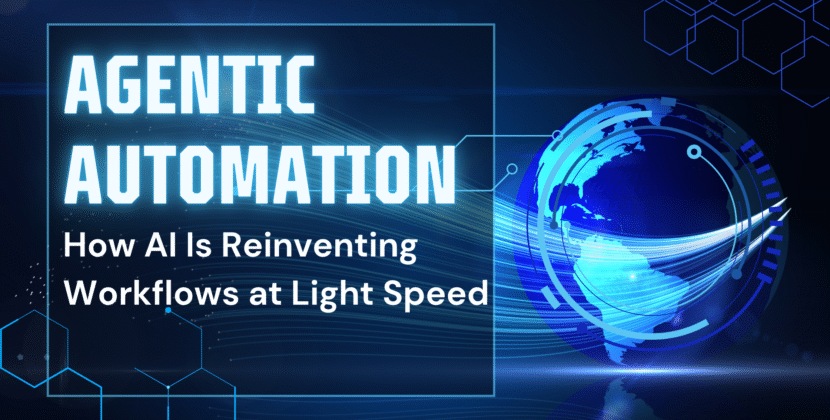
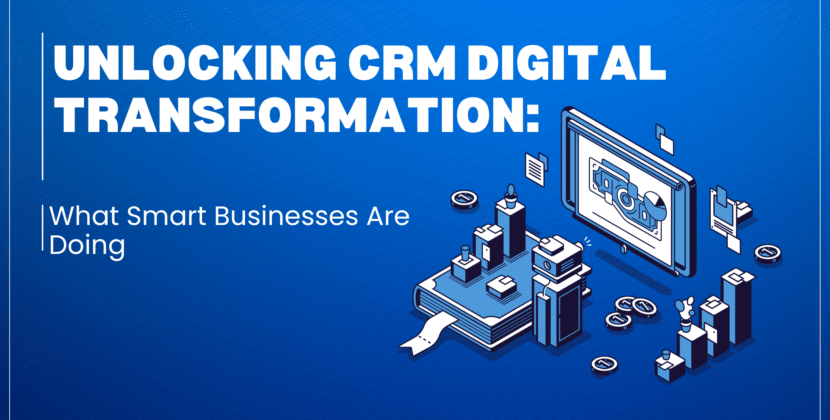






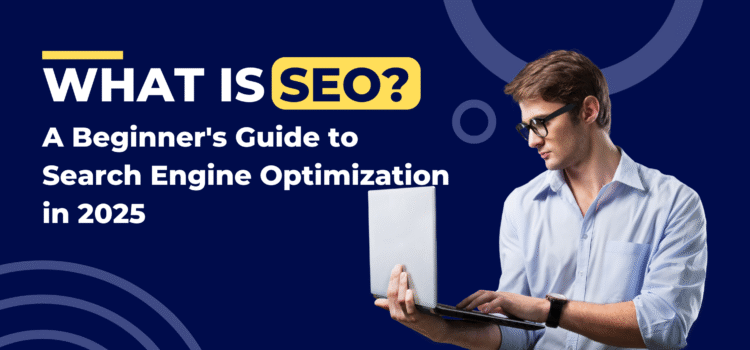
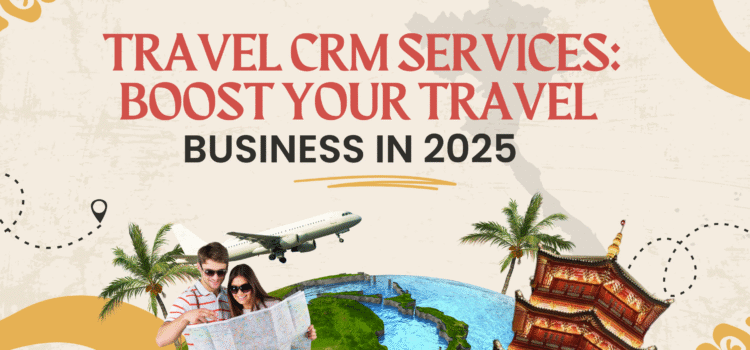
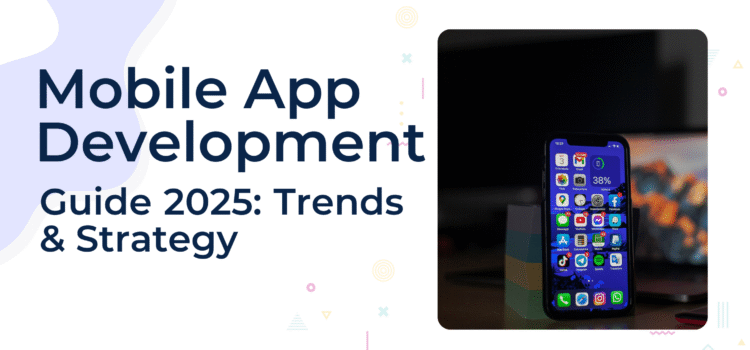
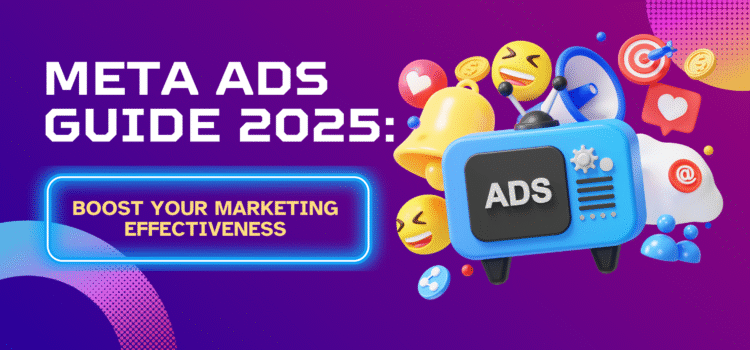
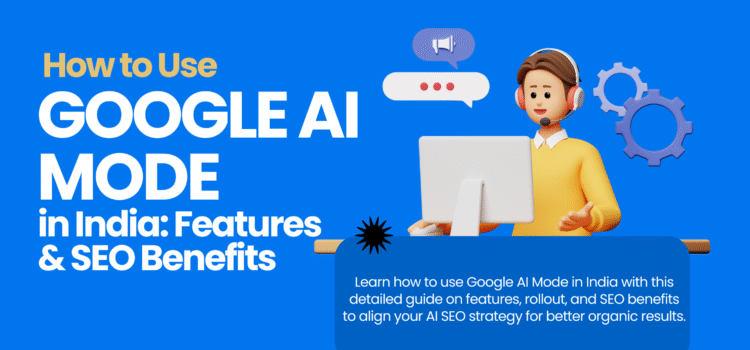
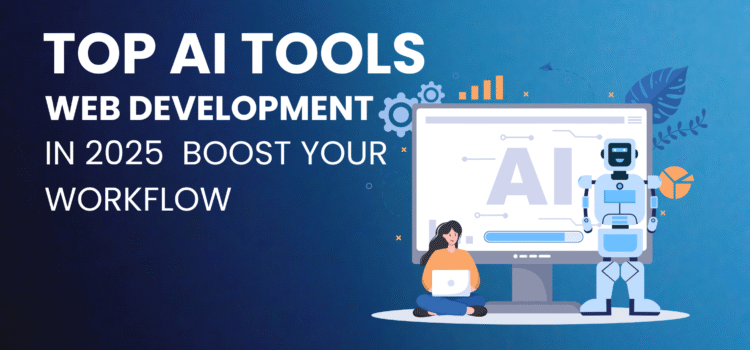
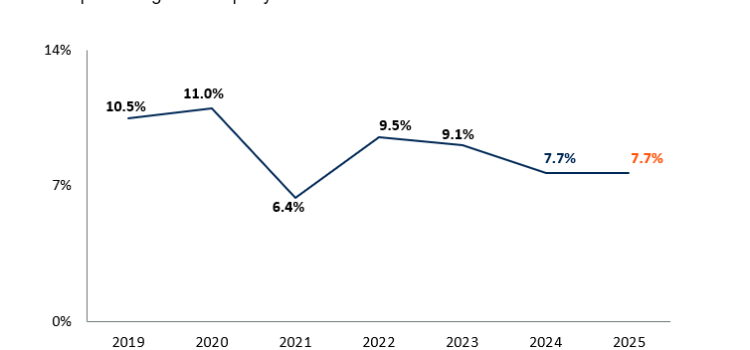


Comments
The first day’s journey was through the pink fields
The first day’s journey was through the pink fields
The first day’s journey was through the pink fields
The first day’s journey was through the pink fields